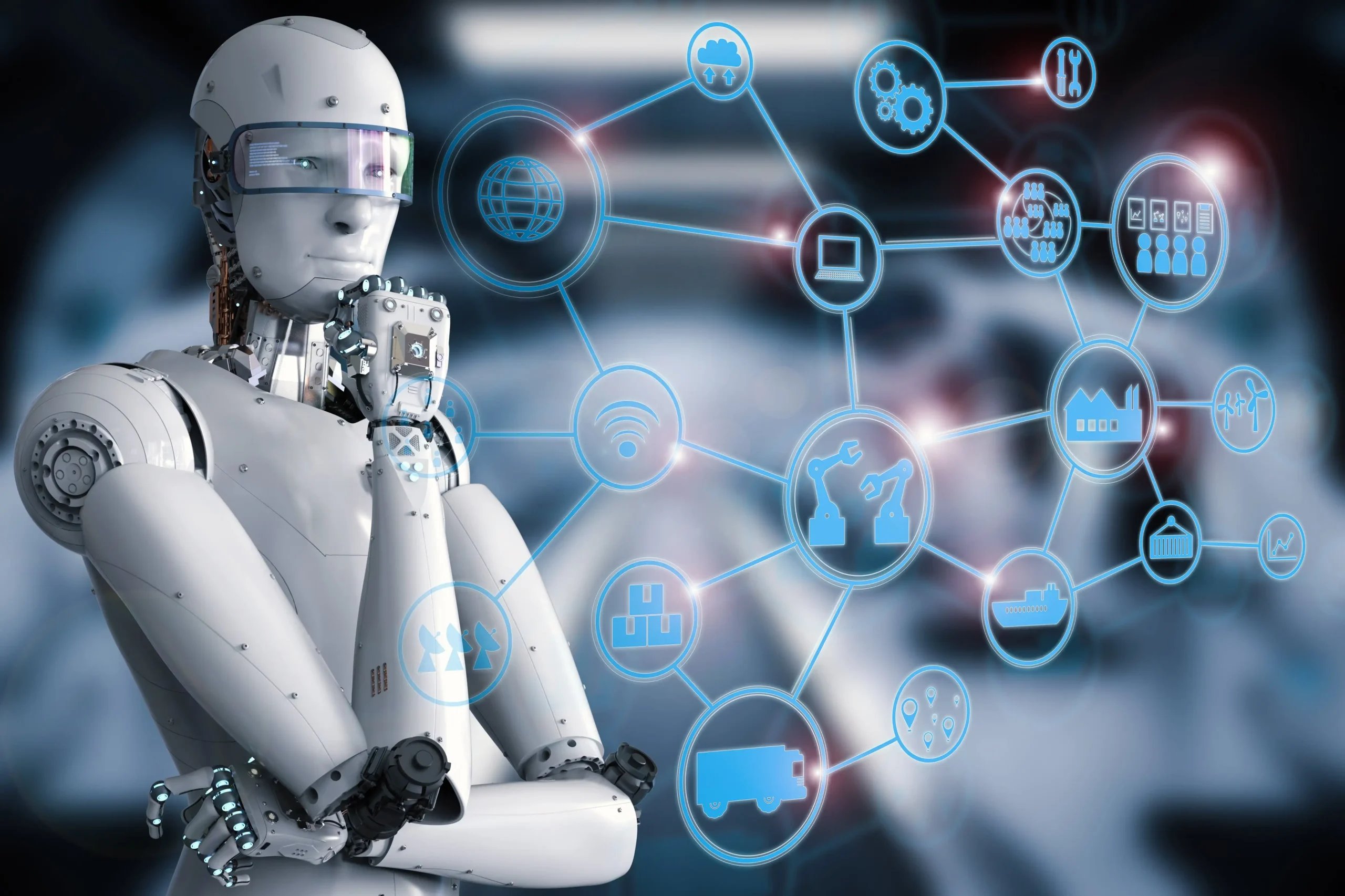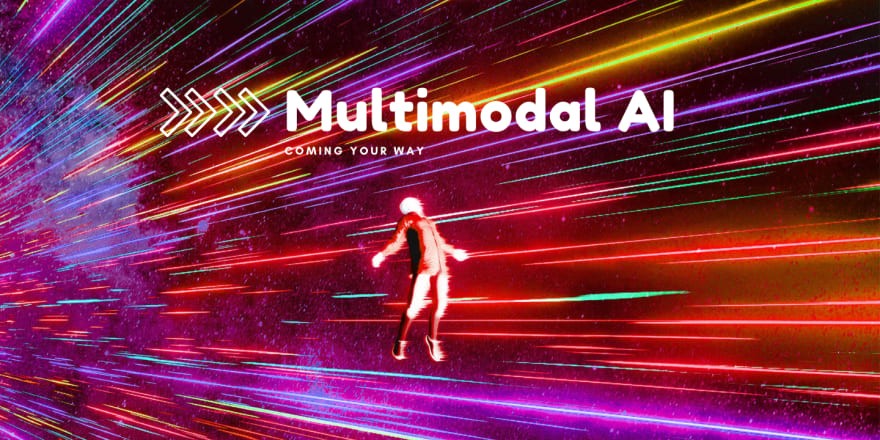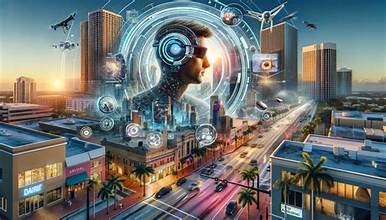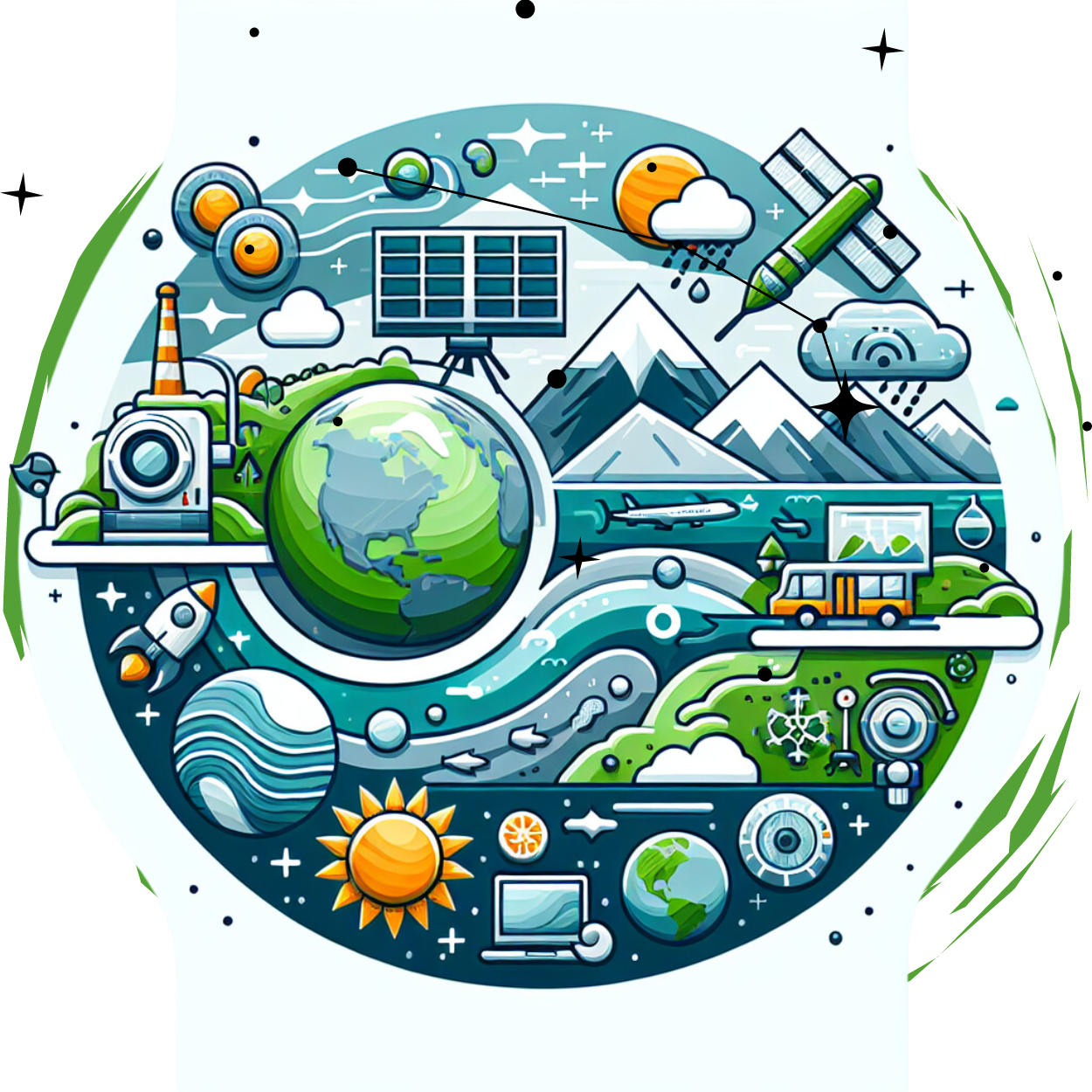
Multimodal AI, a groundbreaking development in the field of artificial intelligence, is revolutionizing the way industries operate and interact with technology. This technology, which combines multiple data sources such as text, audio, images, and videos, enables machines to understand and respond to human inputs more naturally and effectively. As businesses seek to enhance user experience and streamline operations, multimodal AI is becoming an essential tool across various sectors. This article explores the rise of multimodal AI and its transformative impact on different industries.
Understanding Multimodal AI
Multimodal AI integrates various forms of data to create a more comprehensive understanding of the environment. Unlike traditional AI models that rely on a single type of data, multimodal AI leverages multiple data streams to make more accurate and context-aware decisions. This capability allows for more sophisticated interactions, where AI can interpret and respond to complex human inputs seamlessly.
Key Industries Benefiting from Multimodal AI
1. Healthcare
In the healthcare sector, multimodal AI is enhancing diagnostics and patient care. By integrating data from medical records, imaging, and patient interviews, AI systems can provide more accurate diagnoses and personalized treatment plans. For instance, a multimodal AI system can analyze X-rays, CT scans, and patient history to detect anomalies that a single data source might miss. This comprehensive approach improves the accuracy of diagnoses and the effectiveness of treatments.
2. Retail and E-commerce
Retailers are leveraging multimodal AI to enhance customer experiences and optimize operations. AI-powered chatbots can process text and voice inputs to assist customers with their inquiries more naturally. Additionally, multimodal AI can analyze customer behavior through video surveillance, purchase history, and social media interactions to provide personalized product recommendations. This level of personalization increases customer satisfaction and boosts sales.
3. Education
In education, multimodal AI is transforming how students learn and interact with educational content. Virtual tutors equipped with multimodal capabilities can understand and respond to students’ questions through text, speech, and even gestures. This creates a more interactive and engaging learning environment. Moreover, AI can analyze students’ performance data across various formats to provide personalized feedback and adaptive learning paths.
4. Entertainment and Media
The entertainment industry is also witnessing the benefits of multimodal AI. Content creators can use AI to analyze audience preferences by combining data from video views, social media engagement, and text reviews. This insight helps in producing content that resonates more with the audience. Additionally, AI-driven recommendation systems enhance user experiences by suggesting movies, music, and shows based on a holistic understanding of user preferences.
5. Automotive
Multimodal AI is playing a crucial role in the development of autonomous vehicles. By integrating data from cameras, LIDAR, radar, and other sensors, AI systems can make real-time decisions to navigate complex environments safely. This multimodal approach ensures that self-driving cars can accurately interpret and respond to their surroundings, enhancing safety and reliability.
Challenges and Future Directions
While the potential of multimodal AI is immense, several challenges need to be addressed. Integrating diverse data sources requires sophisticated algorithms and significant computational resources. Ensuring data privacy and security is also critical, as multimodal AI systems often handle sensitive information. Moreover, developing standardized protocols for multimodal data processing and interpretation is essential for broader adoption across industries.
The future of multimodal AI looks promising, with advancements in machine learning and computational power paving the way for more robust and versatile applications. As AI systems become more adept at integrating and analyzing diverse data types, we can expect even more innovative solutions that enhance human-machine interactions across various domains.
Conclusion
The rise of multimodal AI marks a significant milestone in the evolution of artificial intelligence. By combining multiple data streams, multimodal AI enables more natural and effective interactions between humans and machines. Industries such as healthcare, retail, education, entertainment, and automotive are already experiencing the transformative impact of this technology. As we continue to address the challenges and harness the potential of multimodal AI, it will undoubtedly play a pivotal role in shaping the future of human-machine interactions.

